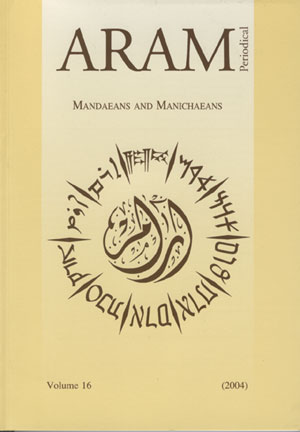next article in this issue  |

|
Document Details : Title: Ṭūrōyo Perfect and NENA Perfects Subtitle: A Preliminary Study Author(s): TOMAL, Maciej Journal: ARAM Periodical Volume: 24 Date: 2012 Pages: 1-7 DOI: 10.2143/ARAM.24.0.3009248 Abstract : The subject of the analysis is the phenomenon of Ṭūrōyo perfect. Some peculiarities of the usage of the k(o)-qṭille/k(o)-qaṭəl forms have been observed by G. Goldenberg (1992). In my paper I will to present the discourse analysis of one Ṭūrōyo story from the H. Ritter’s collection (1971). As to the grammar of discourse, some tools provided mainly by Longacre (1996) have been used. In effect, we may say that the form under discussion may introduce a new referent or reintroduce an old one. This is connected with the change of perspective which is marked by verba sentiedi. Moreover, the usage of the k(o)-qṭille/k(o)qaṭəl is connected with an emotive meaning. These results are then set against some meanings of perfects in NENA dialects, represented by Christian and Jewish Urmi. |
